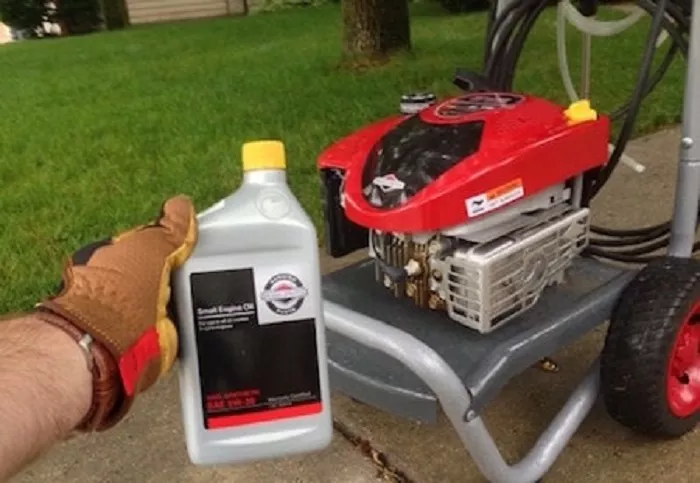Maintaining a Snapper riding mower requires attention to detail, especially when selecting the right engine oil. The correct oil ensures optimal performance, extends engine life, and prevents costly repairs. However, with various oil types and viscosities available, choosing the best one can be confusing.
Why Engine Oil Matters for Your Snapper Riding Mower
Lubrication: Reduces friction between moving parts.
Cooling: Helps dissipate heat from the engine.
Cleaning: Removes dirt and metal particles.
Protection: Prevents rust and corrosion.
Understanding Oil Viscosity for Snapper Mowers
What Do the Numbers Mean?
First Number (e.g., 10W): Indicates cold-weather performance (“W” stands for winter). Lower numbers flow better in cold temperatures.
Second Number (e.g., 30): Represents viscosity at operating temperature. Higher numbers mean thicker oil at high temperatures.
Recommended Viscosity for Snapper Riding Mowers
SAE 30: Best for warm climates (above 40°F / 4°C).
10W-30: Suitable for variable temperatures (cold starts in winter and hot summer use).
5W-30: Ideal for very cold climates (below freezing).
Conventional vs. Synthetic Oil: Which is Better?
Synthetic Oil
- Chemically engineered for superior performance.
- Better resistance to heat and breakdown.
- Longer change intervals (up to 100 hours).
- Best for high-performance or commercial mowers.
Which Should You Choose?
- For most homeowners, conventional SAE 30 or 10W-30 is sufficient.
- For extreme temperatures or heavy use, synthetic oil is worth the investment.
Best Oil Brands for Snapper Riding Mowers
Briggs & Stratton SAE 30: Designed specifically for small engines.
Mobil 1 10W-30 Synthetic: Excellent for extreme conditions.
Shell Rotella T4 15W-40: Heavy-duty protection (good for commercial use).
Valvoline 4-Stroke SAE 30: Reliable conventional oil.
AMSOIL Small Engine Synthetic: Long-lasting performance.
Step-by-Step Oil Change Guide for Snapper Riding Mowers
Warm Up the Engine: Run the mower for a few minutes to thin the oil.
Turn Off and Disconnect Spark Plug: For safety.
Locate the Drain Plug: Place a drain pan underneath.
Drain the Old Oil: Let it fully empty.
Replace the Oil Filter (if applicable): Some models have one.
Refill with Fresh Oil: Use a funnel to avoid spills.
Check the Oil Level: Use the dipstick to ensure proper fill.
Frequently Asked Questions (FAQs)
Can I use 5W-30 instead of SAE 30?
Yes, but only if temperatures fluctuate. SAE 30 is better for consistent warm weather.
Is synthetic oil worth the extra cost?
For most homeowners, conventional oil is fine. Synthetic is better for extreme conditions or commercial use.
What happens if I use the wrong oil?
Poor lubrication, overheating, and potential engine failure. Always follow the manual.
How do I check my oil level?
Use the dipstick—wipe it clean, reinsert, and check the level.
Can I switch from conventional to synthetic oil?
Yes, but it’s best to do a full oil change rather than mixing.

